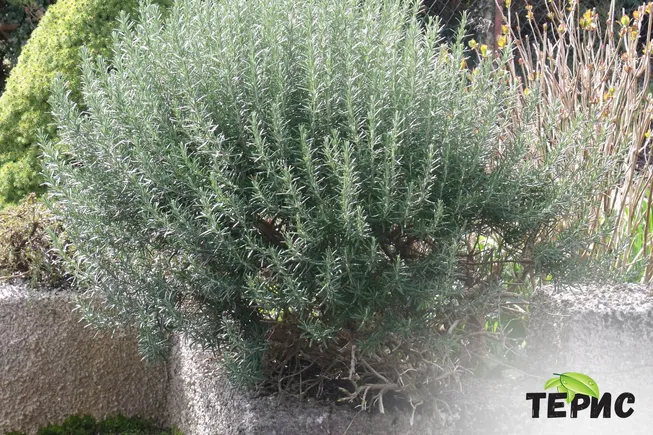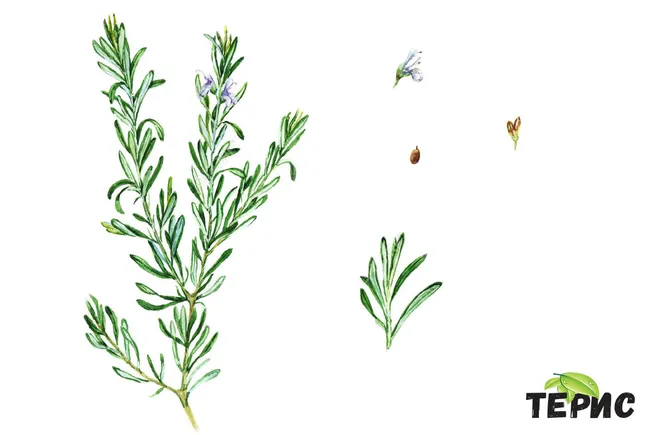Rosemary - Spice or Herb?
Table of Contents
#The Aromatic Herb - Rosemary
In the remote village of Acciaroli in southwestern Italy, about one in every 10 people is over 100 years old. Have they discovered the "fountain of youth" there? Hardly. It's probably not something in the water that helps the residents' longevity, but something else.
Researchers from the University of California, San Diego and Rome's Sapienza University studied this incredibly healthy population of Acciaroli and found that what they do is cook with lots of rosemary.

The local version of the herb has a particularly sharp smell and according to most opinions smells 10 times stronger than what most people are familiar with.
Can this aromatic herb do more than just add flavor and aroma to various culinary creations? Yes, it can.
#Description of the Evergreen Shrub
Officially rosemary - "Rosmarinus officinalis" is a perennial shrub native to the Mediterranean, which is now widely distributed in much of the world, especially in warm, sunny climates.

#Botanical Characteristics of Rosemary
The plant has long, sharp needles that are green on top and silvery underneath, as well as small blue flowers.
It's actually an aromatic evergreen shrub with leaves similar to hemlock needles. It's native to the Mediterranean and Asia, but it's relatively hardy in cool climates. It can withstand drought, surviving severe water shortage for long periods. In some parts of the world, it's considered a potentially invasive species.

Seeds are often difficult to establish in soil, with low germination rates and relatively slow growth, but the plant can live up to 30 years.
Rosemary blooms in spring and summer in temperate climates, but can bloom continuously in warm climates. The flowers are white, pink, purple, or deep blue.

Rosemary - Spice or Herb?
Click to play video